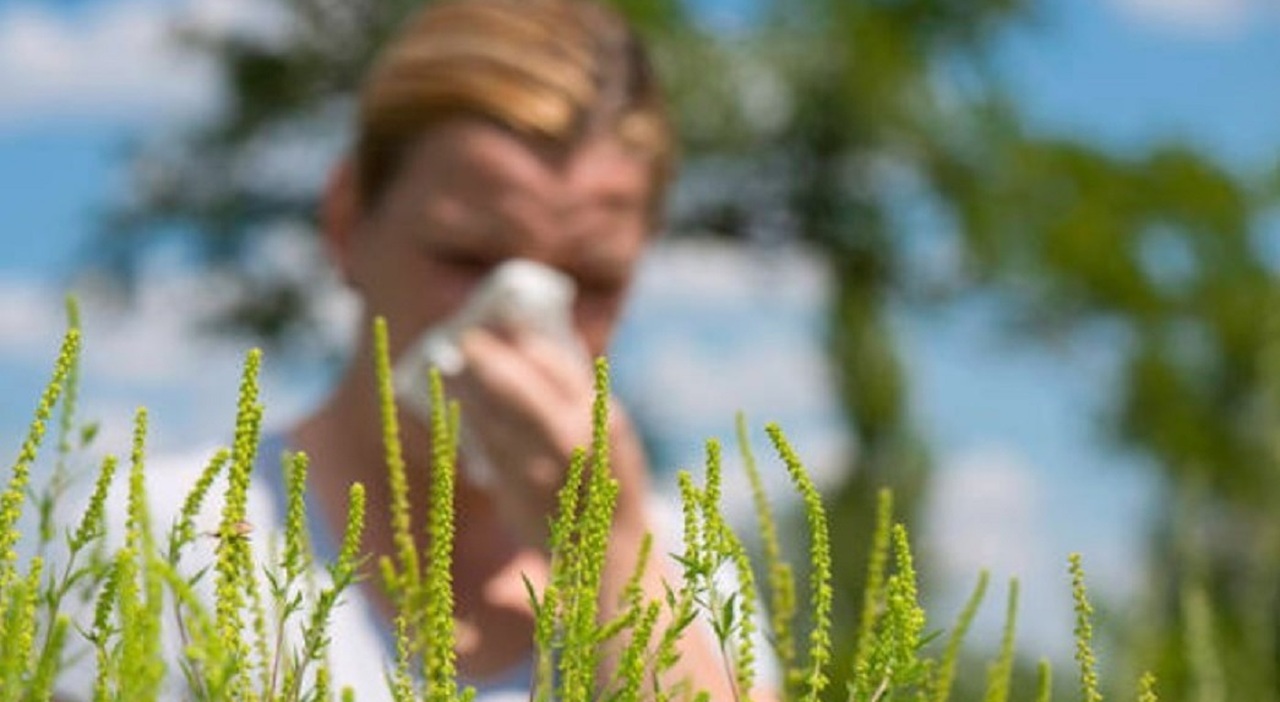Even if the primavera it’s just started, it’s been weeks since allergic to pollen they are struggling with rhinitis, red eyes, cough and asthma. Thanks to the higher than average temperatures, the blooms were ahead of their time. But to put the load of ninety is lo smog which, in addition to intensifying symptoms in allergic subjects, can even trigger reactions even in non-allergic subjects.
For this reason, of the over 10 million Italians who are estimated to be allergic to pollen, it is possible that one in three is not really allergic. This is explained by the experts of the Italian Society of Aerobiology, Medicine and the Environment (Siama), who, on the occasion of the arrival of spring, organized the National Pollen Day in Rome, under the patronage of the Italian Society of Allergology, Asthma and Clinical Immunology (Siaaic).
Experts discussed the results of a German study, recently published in Frontiers Allergy magazine, according to which “polluted” pollen would trigger allergic reactions even in people who aren’t actually allergic. Researchers from the Max Planck Institute for Chemistry in Mainz in Germany and the University Medical Center of the Johannes Gutenberg University have shown that pollen is able to “capture” and “transport” some known atmospheric pollutants, such as ozone, of nitrogen (NO2) and particulate matter in the respiratory tract, thus intensifying the manifestations of hypersensitivity to allergens in allergic subjects and triggering rhinitis, cough and asthma in non-allergic subjects.
THE EPIDEMIC
“The prevalence and severity of allergic diseases triggered by airborne plant pollen and other allergens are increasing worldwide,” explains Vincenzo Patella, president of the Italian Society of Aerobiology, Medicine and the Environment and director of the UOC of Medicine. Internal Health Authority Salerno – Excessive exposure of allergens to some atmospheric pollutants which, in recent years, have reached high concentrations would also play a decisive role in this “epidemic” of allergies”. According to specialists, ozone, nitrogen dioxide and particulates, components of the summer smog created by traffic, can alter the allergenic and inflammatory potential of pollen.
Seasonal Stomach Pain: Stress and allergies in spring increase your risks
«The pollutants enter the pollen – adds Patella – and once they reach the respiratory tract, they are then released, thus enhancing, on the one hand, the symptoms of the allergic patient, and on the other triggering allergic-like reactions in people who have always shown a quite high threshold of sensitization to pollen».
COUNTRYSIDE
For this reason, paradoxically, allergic symptoms tend to be more intense in cities, where the presence of pollutants is higher, than in the countryside. “If nitrogen oxides and ozone reach high concentrations – comments Mario Di Gioacchino, president of the Italian Society of Allergy, Asthma and Clinical Immunology – they alter the protein components of pollen grains to such an extent as to trigger symptoms such as rhinitis in non-allergic subjects. and cough. The German study shows, in particular, that some pollens, such as those of grasses, trigger the hyperactivation of Toll-like receptor 4 (TLR4), cell receptors that activate the allergic reaction of the immune system, even in those who do not suffer from allergies ».
Climate and smog would also be responsible for the record pollen concentration values, well above the average, recorded this year in Italy. Furthermore, in our country it is difficult to summarize when it comes to pollen because there are very different areas in terms of climate and vegetation. «The year we are experiencing is one of those that leave their mark – highlights Patella – because we have gone from concentrations of 200 total pollen per cubic meter on average in the peak days of 5 years ago to the current 2,000, 10 times more ». “Polluted” pollens also pose a threat to those who usually have a high tolerance threshold for these allergens.
Allergy, boom among children born during the pandemic: wrong diet and smog
HAIR
To counteract the symptoms of non-allergies, experts have released a few simple recommendations. For example, they recommend using hypersaline nasal washes and artificial tears. Furthermore, they recommend always combing your hair in the bathroom and not in the bedroom, in order to prevent the pillow from collecting pollen through the hair and causing discomfort even during the night. “But if the symptoms worsen, it is advisable to consult a specialist before resorting to antihistamines and corticosteroids”, conclude the allergists.
© breaking latest news
